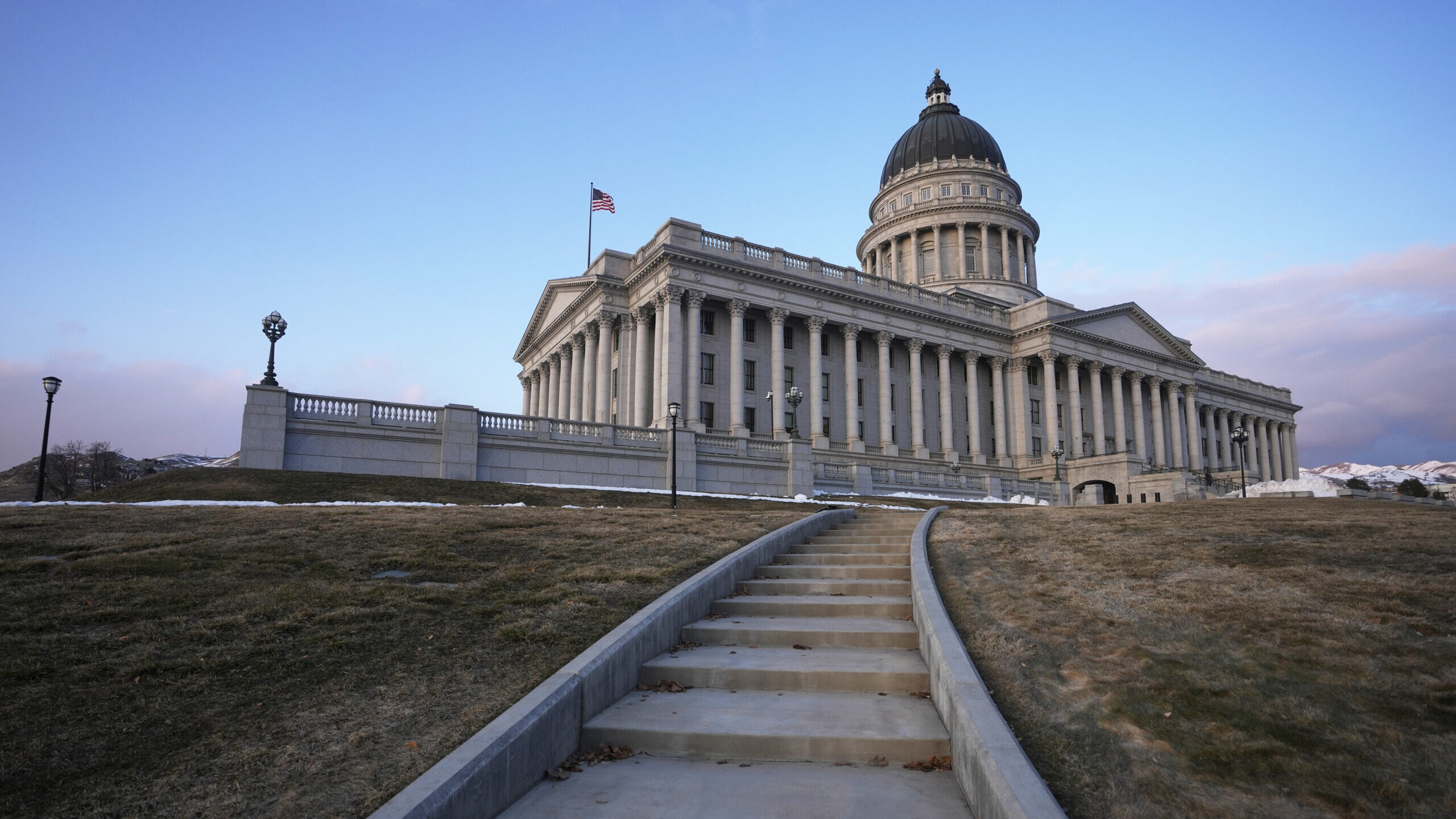ALL NEWS
Solar Orbiter mission spots eruption from the sun
May 18, 2021, 7:14 AM | Updated: Jan 25, 2023, 11:53 am

This imagery comes from three different instruments on Solar Orbiter showing eruptions happening on the sun. Solar Orbiter/EUI Team/Metis Team/SoloHI team/ESA/NASA
(CNN) — A happy accident has resulted in the Solar Orbiter mission spying eruptions from the sun. These eruptions, called coronal mass ejections, blast out solar particles across the solar system and have the potential to disrupt technology if they reach Earth.
These eruptions were detected by multiple instruments on the spacecraft during a close flyby of the sun, which is called a perihelion, on February 10. This flyby brought the spacecraft within 46.5 million miles of the sun — that’s half the distance between the massive star and Earth.
This is the first time the orbiter has witnessed such eruptions.
The mission, which launched in February 2020, is a collaboration between NASA and the European Space Agency. Although Solar Orbiter’s main scientific agenda doesn’t begin until November — to study the sun’s north and south poles — it has already made close passes by the sun that captured the closest images ever taken of our star and revealed “campfires” near its surface.
Currently the spacecraft is in its cruise phase, which allows for calibration of some of the 10 instruments aboard. During the cruise phase, four of its instruments are up and running and have been since launch. The February flyby presented mission teams with an opportunity to conduct observations and test out some of their instruments.
Once the scientific mission begins in earnest, all 10 instruments will work together to create joint observations of our sun.
This flyby was unique in that the spacecraft was actually behind the sun from the perspective of Earth, causing a lag in data transfer rates. This delayed the data’s delivery to mission scientists, so some of it is still being analyzed.
The mission team wasn’t expecting Solar Orbiter to record any data as it passed behind the sun and looped back around in orbit on the other side, so capturing these eruptions was a happy accident.
So far, the data tells an interesting tale. During the flyby, three of the spacecraft’s instruments all registered a pair of coronal mass ejections. These tools included the Extreme Ultraviolet Imager (EUI), the Heliospheric Imager (SoloHI) and the Metis coronagraph.
Meanwhile, other spacecraft like ESA’s Proba-2 and the ESA/NASA Solar and Heliospheric Observatory both witnessed these events from the Earth-facing side of the sun. A NASA mission called STEREO-A also spied the event from a different perspective.
The instruments on Solar Orbiter, as well as data collected by the other missions, shows a sudden eruption of particles from the sun, occurring in tandem with a visibly bright burst.
Tracking space weather
Understanding coronal mass ejections is key to decoding space weather, which is activity from the sun that can cause impacts on Earth. These can affect astronauts on the space station in low-Earth orbit, as well as satellites that support global communications. The more researchers learn about these eruptions, the better they can track and anticipate solar activity.
While NASA spacecraft have been observing coronal mass ejections for years, Solar Orbiter offers the best look yet.
“We’ve realized in the last 25 years that there’s a lot that happens to a (Coronal Mass Ejection) between the surface of the Sun and Earth,” said Robin Colaninno, principal investigator for SoloHI at the US Naval Research Laboratory in Washington, DC, in a statement. “We’re hoping to get much better resolution images of all of these outflows by being closer to the Sun.”
Solar Orbiter is the first mission that will provide images of the sun’s north and south poles. Having a visual understanding of the sun’s poles is important because it can provide more insight about the sun’s powerful magnetic field and how it affects Earth.
Solar Orbiter’s instruments can capture observations of the sun’s corona (which is its atmosphere), the poles and the solar disk. The tools can also measure the sun’s magnetic fields and solar wind, or the energized stream of particles emitted by the sun that reach across our solar system.
Understanding the sun’s magnetic field and solar wind are key, because they contribute to space weather. The sun’s magnetic field is so massive that it stretches beyond Pluto, providing a pathway for solar wind to travel directly across the solar system.
The mission will work in tandem with NASA’s Parker Solar Probe, which is currently orbiting the sun on a seven-year mission and just completed its fourth close approach of the star. It launched in August 2018 and will eventually come within 4 million miles of the sun — the closest a spacecraft has ever flown by our star.
The Parker probe is “tracing the flow of energy that heats and accelerates the sun’s corona and solar wind; determining the structure and dynamics of the plasma and magnetic fields at the sources of the solar wind; and exploring mechanisms that accelerate and transport energetic particles,” according to NASA.
Together, the missions can help unlock the mysteries of the sun and provide more data to researchers than either could accomplish on its own. Parker can sample particles coming off the sun up close, while Solar Orbiter will fly farther back to capture more encompassing observations and provide broader context.
The-CNN-Wire
™ & © 2021 Cable News Network, Inc., a WarnerMedia Company. All rights reserved.













